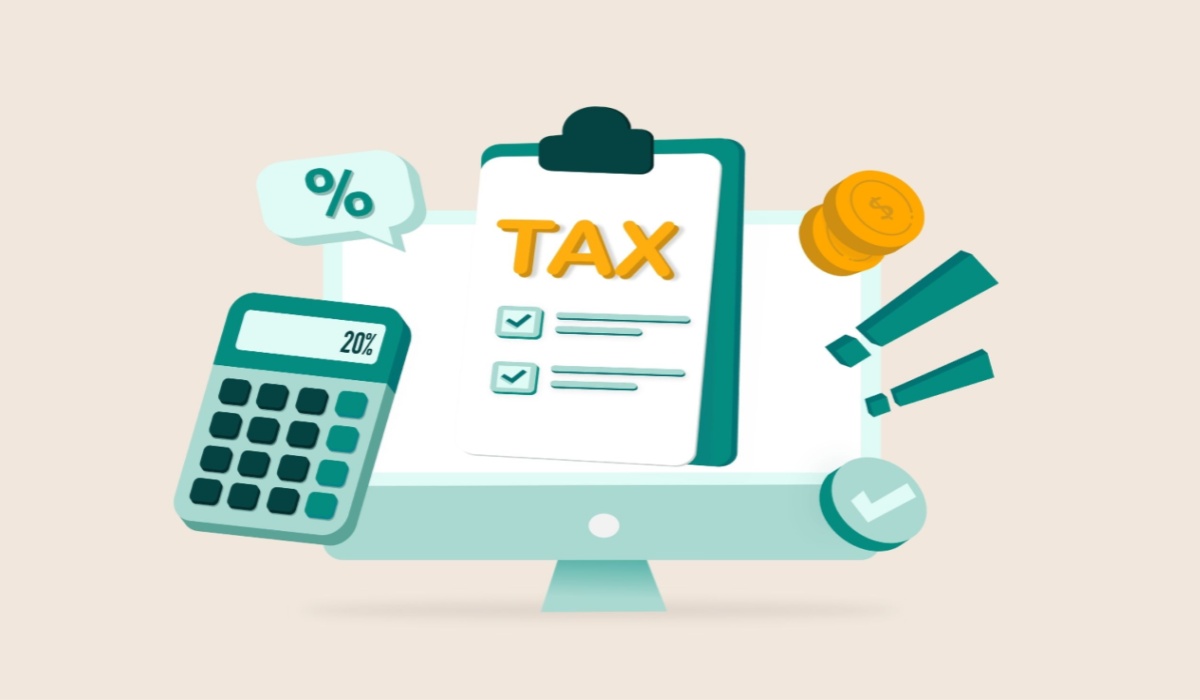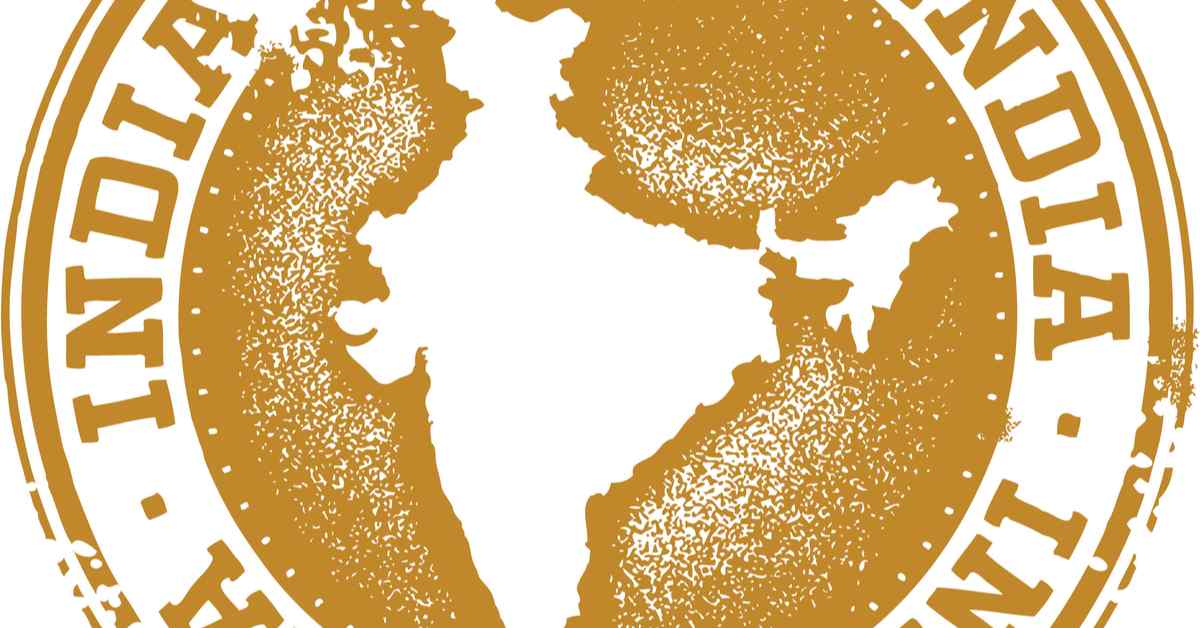Table of Contents
Quality Service Guarantee Or Painting Free

Get a rental agreement with doorstep delivery

Find the BEST deals and get unbelievable DISCOUNTS directly from builders!

5-Star rated painters, premium paints and services at the BEST PRICES!
Loved what you read? Share it with others!


Submit the Form to Unlock the Best Deals Today
Help us assist you better
Check Your Eligibility Instantly

Experience The NoBrokerHood Difference!
Set up a demo for the entire community
Tax on 5 Lakh Income in India: Calculation, Rebates, and Tax-Free Options Explained in 2025
Table of Contents
When earning an annual income of ₹5 lakh, understanding how much tax you'll owe and how to reduce your liability is crucial. Whether you’re a salaried individual or self-employed, knowing the tax on ₹5 lakh income can help you maximise deductions, avoid common mistakes, and ensure you pay the right amount. In this blog, we'll break down the tax structure, explore various exemptions and rebates, and provide tips to reduce tax liability while staying compliant with Indian tax laws.
Tax Planning for Salary Above ₹5 Lakhs
Earning above ₹5 lakh annually places you in a higher tax bracket, but effective tax planning can help you minimise your tax outflow while maximising your savings. To know more about this, it’s essential to understand your tax liabilities, exemptions and deductions and make smart investment decisions. Here’s is the tax planning for salary above ₹5 lakhs:
- Understand the Tax Slabs: Income above ₹5 lakh is taxed per specific slabs under the new and old tax regimes. In the old regime, various deductions and exemptions are included, while the new tax regime has lower tax rates without deductions. Understanding which tax slab falls under and the differences between the two regimes will help you plan better.
- Maximise Deductions: One of the most effective ways to decrease your tax liability is by claiming deductions under various sections of the Income Tax Act, such as Section 80C, Section 80D, Section 80E, and Section 24(b).
- Leverage Exemptions: Exemptions are another way to lower taxable income. Common exemptions include HRA (House Rent Allowance), LTA (Leave Travel Allowance), and standard deduction.
- Choose the Right Tax Regime: Taxpayers can now choose between the old regime with deductions and exemptions and the new regime with lower tax rates with no deductions. Review both options based on your financial situation to make the best decision.
- Invest in Tax-Saving Instruments: Tax-saving instruments reduce your tax liability and help you save your income. Some popular investment options include ELSS (Equity Linked Savings Scheme), NPS (National Pension Scheme), PPF (Public Provident Fund), and Sukanya Samriddhi Yojana.
- Consider Retirement Planning: Investing in pension and other retirement schemes can provide long-term financial security and tax benefits.
New Tax Regime Under 2024 Union Budget
The 2024 Union Budget introduced significant updates to India’s tax structure, particularly concerning the new tax regime. If you earn ₹5 lakh annually, it's crucial to understand how these changes impact your tax liability and benefits. The new tax regime has simplified tax slabs with no deductions and exemptions, making tax filing more manageable for those with minimal investments.
Quality Service Guarantee Or Painting Free

Get a rental agreement with doorstep delivery

Find the BEST deals and get unbelievable DISCOUNTS directly from builders!

5-Star rated painters, premium paints and services at the BEST PRICES!
Here is the table for rates of the new tax regime under the union budget 2024:
| Income | Slab Rates | Maximum tax to be charged |
| ₹3 lakhs & below | Tax-exempt | Nil |
| ₹3 - ₹6 lakhs | 5% | ₹15,000 |
| ₹6 - ₹9 lakhs | 10% | ₹45,000 |
| ₹9 - ₹12 lakhs | 15% | ₹90,000 |
| ₹12 - ₹15 lakhs | 20% | ₹1,50,000 |
| Above ₹15 lakhs | 30% | - |
Tax Slabs Under Old Regime
The old tax regime allows taxpayers to avail of various deductions and exemptions, making it beneficial for individuals with substantial investments and expenses eligible for deductions. Here is the table for tax slabs under the old regime:
| Income | Slab Rates | Maximum tax to be charged |
| ₹2.50 and below | Tax-exempt | Nil |
| ₹2.5 - ₹5 lakhs | 5% | ₹12,500 |
| ₹5 - ₹7.5 lakhs | 10% | ₹37,500 |
| ₹7.5 - ₹10 lakhs | 15% | ₹75,000 |
| ₹10 - ₹12.5 lakhs | 20% | ₹1,25,000 |
| ₹12.5 - ₹15 lakhs | 30% | ₹1,87,500 |
Union Budget 2024 Updates
The Union Budget for 2024-25 brings major changes to foster economic growth, enhance taxpayer convenience, and boost the middle class. Here are the features and benefits of Union Budget 2024:
Features
Here are the features of tax on ₹5 lakh income in the Union Budget 2024:
1. Simplified Tax Slabs: Under the new tax regime, taxpayers can benefit from lower tax rates with no exemptions or deductions. For individuals with income up to ₹5 lakh, the new tax regime calculation with the following slab rates for FY 2024-25 are:
- Income up to ₹2.5 lakh: No tax
- Income between ₹2.5 lakh to ₹5 lakh: 5% tax
2. Rebate under Section 87A: One of the most significant benefits of the new tax regime is the availability of the rebate under Section 87A. If your net taxable income after deductions is below ₹5 lakh, you can claim a refund, especially your tax liability, making the tax payable zero. This means that even though the tax slab applies, individuals earning ₹5 lakh or less will pay no tax due to this rebate.
3. No Deductions or Exemptions: Unlike the old tax regime, the new government does not allow standard deductions like those under Section 80C (₹1.5 lakh for investments), 80D (medical insurance), HRA (House Rent Allowance), and LTA (Leave Travel Allowance). This simplified structure can be beneficial for those who don’t have significant tax-saving investments or exemptions to claim.
4. Standard Deduction for Salaried Individuals: From the 2023-24 Union Budget, the new tax regime provides a standard deduction of ₹50,000 for salaried employees and pensioners, previously only available in the old regime. This further reduces the taxable income for individuals earning up to ₹5 lakh, making the new regime more attractive.
Benefits
Here are the benefits of a tax on ₹5 lakh income in the Union Budget 2024:
- Zero Tax Liability: If your income is ₹5 lakh or below, you pay no tax under the new regime.
- Simplified Tax Filing: The absence of complex deductions and exemptions means a more straightforward tax filing process, especially for those without significant investments.
- Lower Tax Rates: If your income increases beyond ₹5 lakh, you benefit from lower tax rates than the old regime, especially for incomes up to ₹15 lakh.
Tax Slabs and Exemptions
The tax on ₹5 lakh income falls under specific slabs that vary depending on your chosen tax regime. Under the old regime, individuals with income up to ₹5 lakh can avail of Section 87A rebate, making them eligible for zero tax. For higher incomes, understanding these slabs and the applicable exemptions is vital to effective tax planning.
Surcharge, Cess on Income Tax
A surcharge is an additional charge on the income tax that individuals or entities are liable to pay if their income exceeds a specified threshold. The surcharge is levied as a percentage of the total tax liability and is intended to contribute to government revenue, particularly from high-income earners.
Surcharge Rates for Individuals
Under the income tax slabs for the financial year 2024-25, the surcharge rates for individuals are as follows:
- Income between ₹50 lakh - ₹1 crore: 10% of the total tax payable.
- Income between ₹1 crore - ₹2 crore: 15% of the total tax payable.
- Income between ₹2 crore - ₹5 crore: 25% of the total tax payable.
- Income above ₹5 crore: 37% of the total tax payable.
Health and Education Cess
In addition to the surcharge, individuals must also pay a 4% Health and Education Cess on the total tax (including the surcharge) to fund government initiatives in health and education.
Leverage Exemptions
In addition to deductions, exemptions such as HRA (House Rent Allowance) or LTA (Leave Travel Allowance) can further reduce your tax burden. Correctly calculating and claiming these exemptions helps you retain more earnings while staying tax-compliant.
- Section 80C: Allows deductions up to ₹1.5 lakh on investments in instruments like PPF, EPF, NSC, ELSS, and home loan principal repayments.
- Section 80D: Provides deductions on health insurance premiums up to ₹25,000 for yourself and your family and up to ₹50,000 for senior citizen parents.
- Section 80E: Deduct interest paid on education loans with no limit on the deduction amount.
- Section 24(b): Allows up to ₹2 lakh deduction on home loan interest payments.
Diversify Investments
Smart investment choices can help you save on taxes while building wealth. Tax-saving instruments like ELSS (Equity Linked Savings Scheme), NPS (National Pension Scheme), and life insurance policies offer good returns and tax benefits under Section 80C.
- House Rent Allowance (HRA): If you live in a rented house, claim HRA based on your salary, rent paid, and location.
- Leave Travel Allowance (LTA): Available for travel expenses incurred during vacations.
- Standard Deduction: A flat deduction of ₹50,000 is available for salaried individuals.
Choose the Right Tax Regime
In India, taxpayers can select between the old and new tax regimes when filing their income tax returns. The choice can significantly affect your tax liability, especially if your income is around ₹5 lakh.
Old Tax Regime:
- Deductions and Exemptions: The government offers various deductions for home loan interest under sections 80C, 80D, and 24(b).
New Tax Regime:
- No Deductions and Exemptions: Simplifies the tax process by eliminating most deductions and exemptions.
The old regime might yield a lower tax liability if you have significant deductions and exemptions. However, if your income is primarily straightforward with few eligible deductions, the new regime may offer a simpler and more predictable tax outcome.
Tax on 5 Lakh Income Annually
For individuals earning ₹5 lakh annually, the tax implications can vary based on the chosen tax regime.
Tax Calculation Under Both Regimes:
- Old Regime:
- Income: ₹5 lakh
- Taxable Income after deductions: Assuming no deductions, taxable income remains ₹5 lakh.
- Tax: 0% on first ₹2.5 lakh + 5% on next ₹2.5 lakh = ₹12,500
- Total Tax Payable: ₹12,500
- Rebate: Under Section 87A, taxpayers with a taxable income up to ₹5 lakh can claim a full rebate, resulting in a total tax liability of ₹0.
- New Regime:
- Income: ₹5 lakh
- Tax: 0% on first ₹2.5 lakh + 5% on next ₹2.5 lakh = ₹12,500
- Total Tax Payable: ₹12,500
- Rebate: Also eligible for Section 87A rebate, leading to a total tax liability of ₹0.
Tax-Free Earnings on a 5 Lakh Salary
Tax-free earnings are possible for individuals earning ₹5 lakh annually, primarily due to the Section 87A rebate. Here’s how to maximise tax-free income:
- Rebate under Section 87A:
- Taxpayers with a total taxable income of ₹5 lakh or less are eligible for a rebate that eliminates their tax liability.
- Tax Planning:
- Opting for the new tax regime can simplify tax calculations while ensuring tax-free income if your total income is capped at ₹5 lakh.
- Consider other sources of income or deductions (if choosing the old regime) that may impact overall tax liability.
Ensure Correct Tax Return Filing
File your income tax return (ITR) clearly to avoid penalties and ensure compliance. Here’s how to ensure correct tax return filing:
- Choose the Right ITR Form: For individuals with income up to ₹5 lakh, ITR-1 is generally suitable.
- Report All Income: Ensure that all sources of income, including salary, interest, and any side income, are reported correctly.
- Claim Rebate: If eligible, remember to claim the rebate under Section 87A while filing your return.
- File Before the Deadline: Ensure that your ITR is filed before the due date to avoid penalties.
- Keep Records: Maintain documents related to income, deductions, and any other applicable financial transactions to support your claims.
Pay Your Tax on ₹5 lakh With NoBroker
Understanding the tax on 5 lakh income is pivotal for effective tax planning and compliance. Whether you opt for the old or new tax regime, maximising available rebates and deductions is essential to ensure minimal tax liability. Moreover, managing financial transactions securely is just as crucial as understanding tax obligations. NoBroker Pay offers a seamless and secure platform for making payments related to your tax and financial obligations. By choosing NoBroker Pay, you simplify your payment process and ensure that your financial dealings are safe and reliable, allowing you to optimise your tax situation without unnecessary stress. Download NoBroker Pay today!
Frequently Asked Questions
Ans: Under the new tax regime, the income tax on a ₹5 lakh salary is ₹10,000.
Ans: Utilise deductions under Sections 80C, 80D, and 80E, invest in tax-saving schemes, and claim tax credits.
Ans: ₹5 lakh falls under the 5% tax slab for individuals below 60 years.
Ans: Utilise deductions, invest in tax-saving schemes, and claim tax credits.
Ans: The old tax regime may be beneficial for those with significant deductions.
Ans: Optimise tax saving by utilising deductions, exemptions, and tax-saving schemes.
Recommended Reading

Tax on 15 Lakh Income in India: Detailed Guide on Rates, Deductions, and Taxable Income in 2025
January 31, 2025
2959+ views
Loved what you read? Share it with others!
Most Viewed Articles

Franking Charges Explained: Meaning and Benefits
January 31, 2025
1047494+ views

What is the BBMP E-Khata Registration process for property owners in Bangalore, Karnataka in 2025?
February 5, 2025
92463+ views

Supreme Court Verdict on Society Maintenance Charges
January 31, 2025
75973+ views

All You Need to Know about Revenue Stamps
January 31, 2025
63642+ views

Stamp Duty and Registration Charges in Bangalore in 2025
January 23, 2025
55871+ views
Recent blogs in
e-Aasthi BBMP: Search Property Details, Download Certificates, and Check Status Online
February 5, 2025 by Suju
What is the BBMP E-Khata Registration process for property owners in Bangalore, Karnataka in 2025?
February 5, 2025 by Suju
How to get Non-Encumbrance Certificate Online and Offline: Download and Check Status 2025
February 5, 2025 by Vivek Mishra
Simple Introduction to Indian Property Tax
January 31, 2025 by NoBroker.com
Sales Agreement: Process, Format and More 2025
January 31, 2025 by Vivek Mishra




Join the conversation!